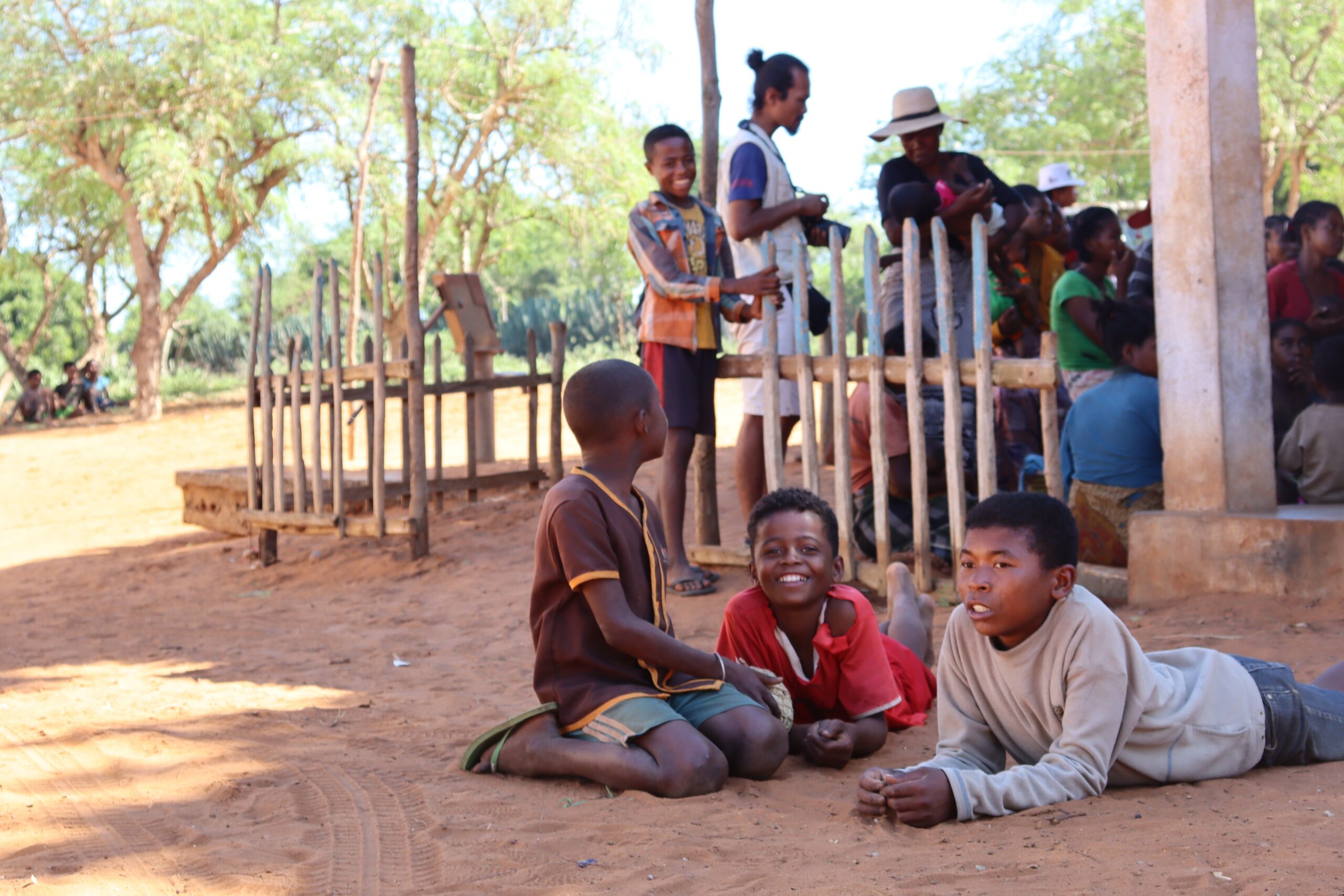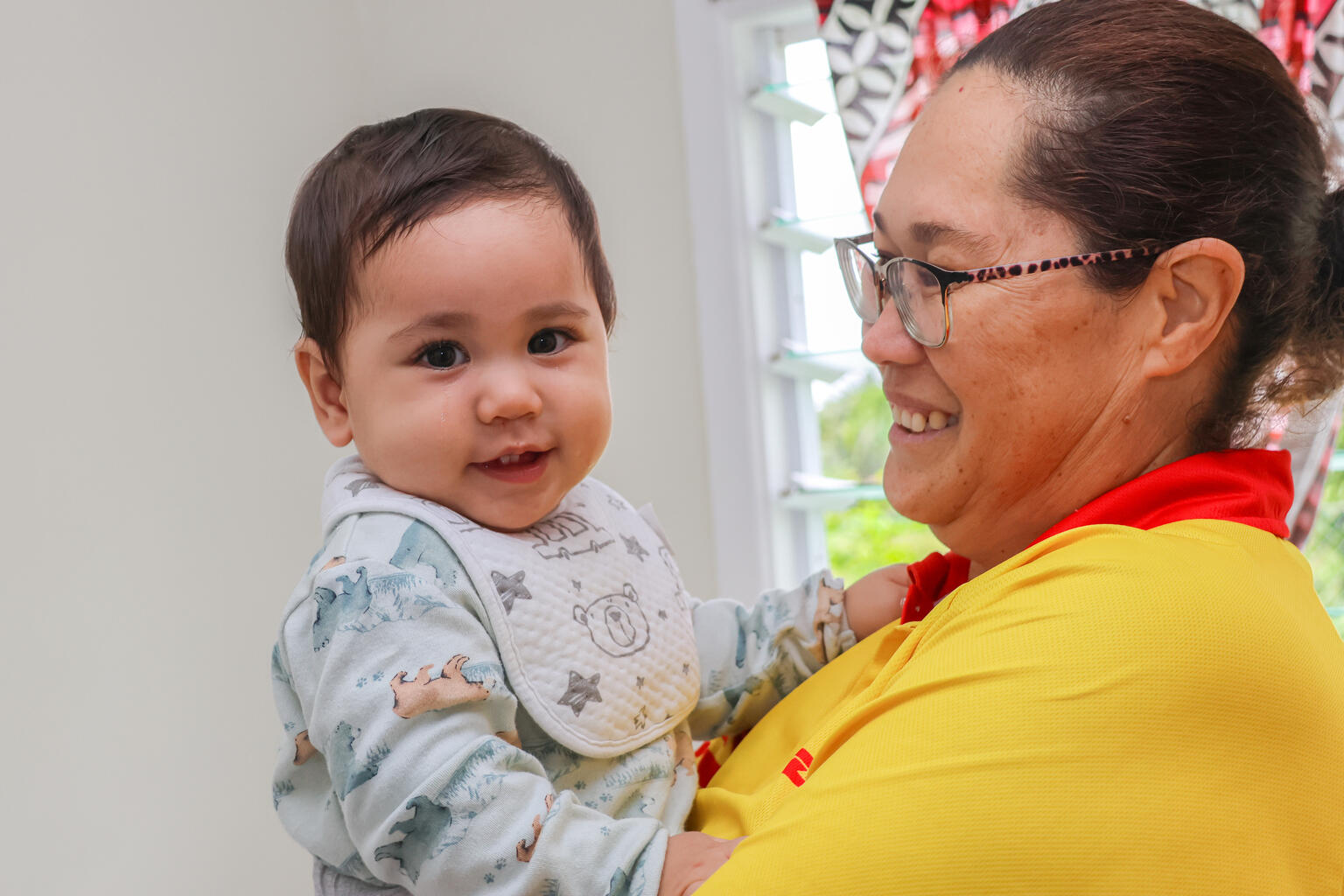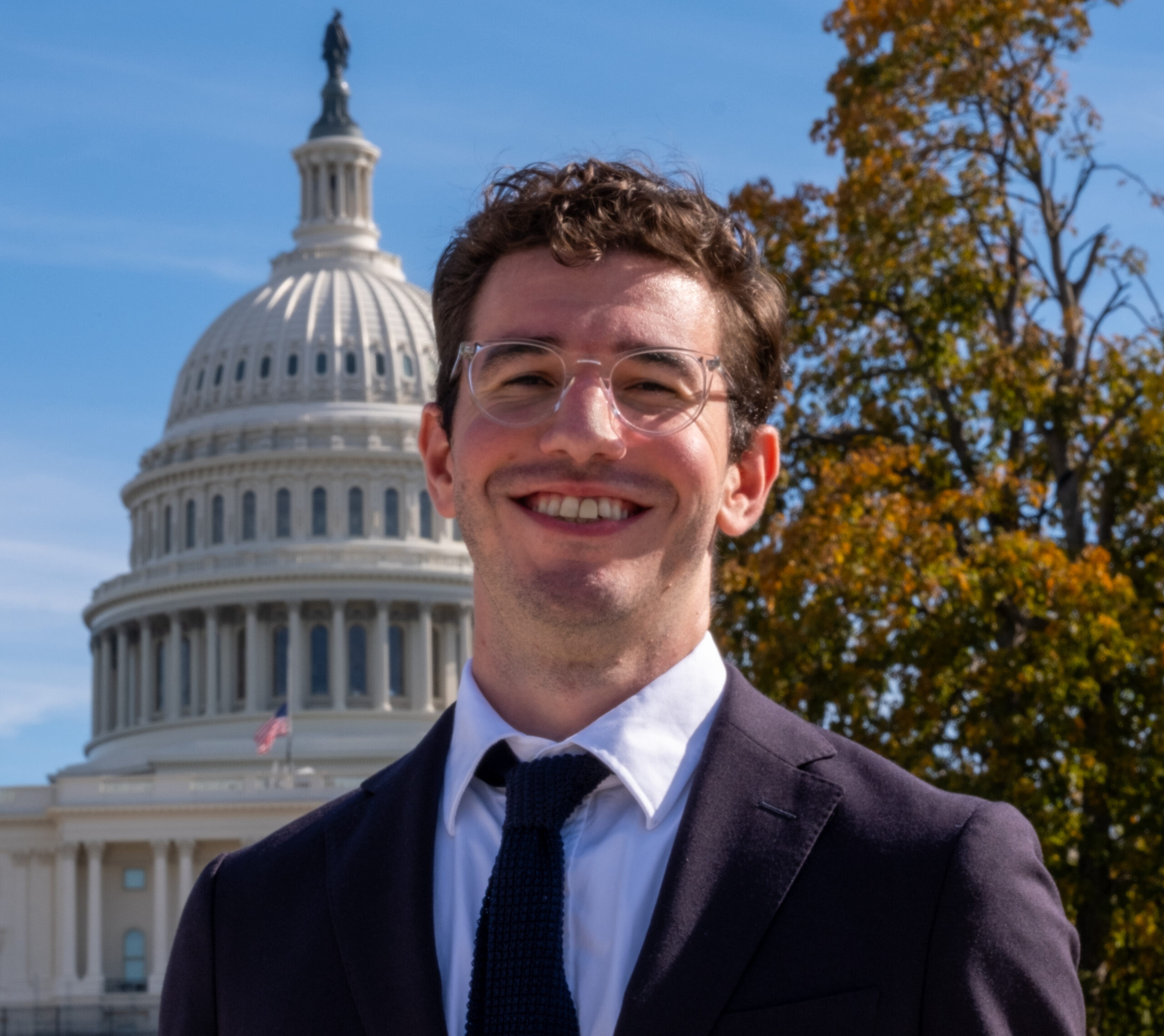Today is World Pneumonia Day
Today, on World Pneumonia Day, we take you through some of the basics of pneumonia and why vaccines are among the best tools we have to prevent the most serious cases.

What is pneumonia?
Pneumonia is an infection of the lungs caused by bacteria, viruses, or fungi. Symptoms can include a cough, shortness of breath, fatigue, fever, or chest pain, depending on the severity of the case. Pneumonia is often treatable, with treatment varying depending on the cause, but many cases resolve on their own.
However, children whose natural defenses are not yet developed or have been weakened by malnutrition, or older adults whose immune systems have been weakened by long exposure to pollution, are at higher risk of a serious case. Each year, pneumonia kills about 725,000 children under five—more than any other infectious disease. That means a child dies of pneumonia about every 43 seconds.
Do vaccines help protect against pneumonia?
The short answer is “yes.”
The longer answer is that we actually have several vaccines that can protect against different viral or bacterial causes of pneumonia, preventing many of the most dangerous cases.
The most common cause of serious cases of pneumonia is the pneumococcal bacteria streptococcus pneumoniae. The first vaccine to protect against these bacteria was licensed for use in the U.S. in 1977, with the first pneumococcal conjugate vaccine (PCV)—which provides superior protection to young children—licensed in 2000. These vaccines are both safe and highly effective. PCV7, so-called because it protects against 7 types of pneumococcal bacteria, reduces cases of serious invasive pneumonia by 97%.
Because PCV specific targets the bacteria that most frequently cause severe cases, it’s the main vaccine used to prevent pneumonia. But it isn’t the only one.
Vaccines provide effective protection against infection by haemophilus influenzae type b (Hib), another bacterium that can cause serious pneumonia and other serious complications. Vaccines against viruses that can cause pneumonia, including the flu, COVID-19, and measles, have also played a significant role in protecting children from the disease.

Taken together, these vaccines have reduced childhood pneumonia deaths by nearly half, from 1.5 million in 2000 to 725,000 in 2021. But vaccination rates are still too low. If we can expand access to PCV and other pneumonia-fighting vaccines, we potentially can save hundreds of thousands of lives.
What is the state of pneumonia vaccination around the world?
Since the U.S. became the first country to begin routine pneumococcal vaccination in 2000, 159 countrieshave done the same. But more than one-third of children worldwide have not had all three doses of PCV, leaving them at risk for developing serious cases of pneumonia.
In many cases, these unvaccinated children are also those whose immune systems have been compromised by lack of nutrition or environmental stressors, making them less able to fight off an infection. Due to the compounding factors of lack of vaccine access and lack of natural defenses, forcibly displaced children or those living in conflict zones are often most at risk from pneumonia.
The good news is that we are making progress. While vaccination rates have stagnated for many critical childhood vaccines due to the disruptions caused by COVID-19, global PCV coverage continues to increase steadily. Challenges do remain—in particular, PCV introduction in middle-income countries has often laggedboth wealthier countries and the lowest-income countries whose health systems receive more international support. But the successes of the last two decades in vaccinating more of the world’s children against pneumonia, including those in low-income countries, shows that with continued international cooperation and support, progress is possible.

